Oliver Mey
Explainable AI Algorithms for Vibration Data-based Fault Detection: Use Case-adadpted Methods and Critical Evaluation
Jul 21, 2022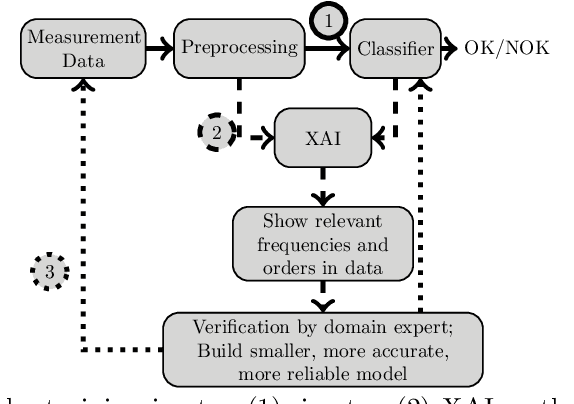



Abstract:Analyzing vibration data using deep neural network algorithms is an effective way to detect damages in rotating machinery at an early stage. However, the black-box approach of these methods often does not provide a satisfactory solution because the cause of classifications is not comprehensible to humans. Therefore, this work investigates the application of explainable AI (XAI) algorithms to convolutional neural networks for vibration-based condition monitoring. For this, various XAI algorithms are applied to classifications based on the Fourier transform as well as the order analysis of the vibration signal. The results are visualized as a function of the revolutions per minute (RPM), in the shape of frequency-RPM maps and order-RPM maps. This allows to assess the saliency given to features which depend on the rotation speed and those with constant frequency. To compare the explanatory power of the XAI methods, investigations are first carried out with a synthetic data set with known class-specific characteristics. Then a real-world data set for vibration-based imbalance classification on an electric motor, which runs at a broad range of rotation speeds, is used. A special focus is put on the consistency for variable periodicity of the data, which translates to a varying rotation speed of a real-world machine. This work aims to show the different strengths and weaknesses of the methods for this use case: GradCAM, LRP and LIME with a new perturbation strategy.
Machine Learning-Based Optimization of Chiral Photonic Nanostructures: Evolution- and Neural Network-Based Design
Nov 11, 2021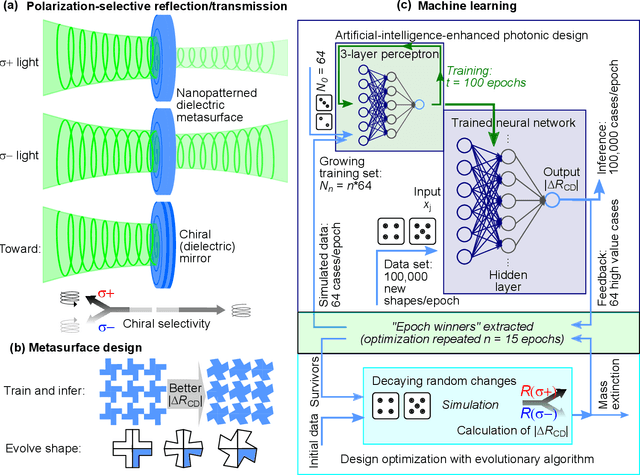
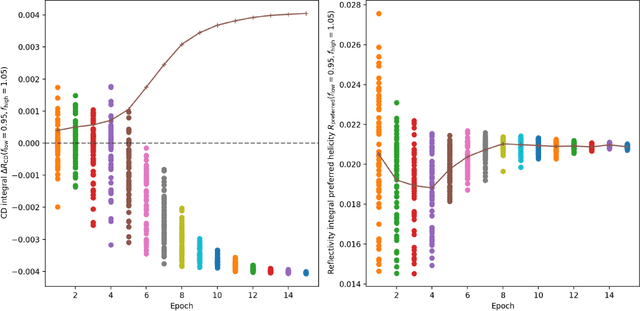
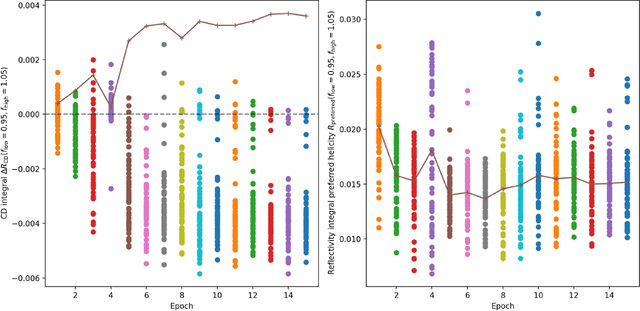
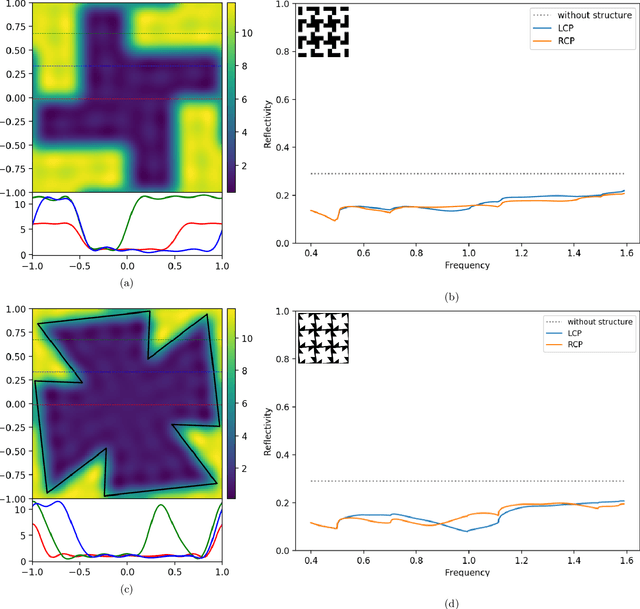
Abstract:Chiral photonics opens new pathways to manipulate light-matter interactions and tailor the optical response of meta-surfaces and -materials by nanostructuring nontrivial patterns. Chirality of matter, such as that of molecules, and light, which in the simplest case is given by the handedness of circular polarization, have attracted much attention for applications in chemistry, nanophotonics and optical information processing. We report the design of chiral photonic structures using two machine learning methods, the evolutionary algorithm and neural network approach, for rapid and efficient optimization of optical properties for dielectric metasurfaces. The design recipes obtained for visible light in the range of transition-metal dichalcogenide exciton resonances show a frequency-dependent modification in the reflected light's degree of circular polarization, that is represented by the difference between left- and right-circularly polarized intensity. Our results suggest the facile fabrication and characterization of optical nanopatterned reflectors for chirality-sensitive light-matter coupling scenarios employing tungsten disulfide as possible active material with features such as valley Hall effect and optical valley coherence.
Prediction of Energy Consumption for Variable Customer Portfolios Including Aleatoric Uncertainty Estimation
Oct 01, 2021



Abstract:Using hourly energy consumption data recorded by smart meters, retailers can estimate the day-ahead energy consumption of their customer portfolio. Deep neural networks are especially suited for this task as a huge amount of historical consumption data is available from smart meter recordings to be used for model training. Probabilistic layers further enable the estimation of the uncertainty of the consumption forecasts. Here, we propose a method to calculate hourly day-ahead energy consumption forecasts which include an estimation of the aleatoric uncertainty. To consider the statistical properties of energy consumption values, the aleatoric uncertainty is modeled using lognormal distributions whose parameters are calculated by deep neural networks. As a result, predictions of the hourly day-ahead energy consumption of single customers are represented by random variables drawn from lognormal distributions obtained as output from the neural network. We further demonstrate, how these random variables corresponding to single customers can be aggregated to probabilistic forecasts of customer portfolios of arbitrary composition.
Machine Learning-Based Unbalance Detection of a Rotating Shaft Using Vibration Data
May 27, 2020
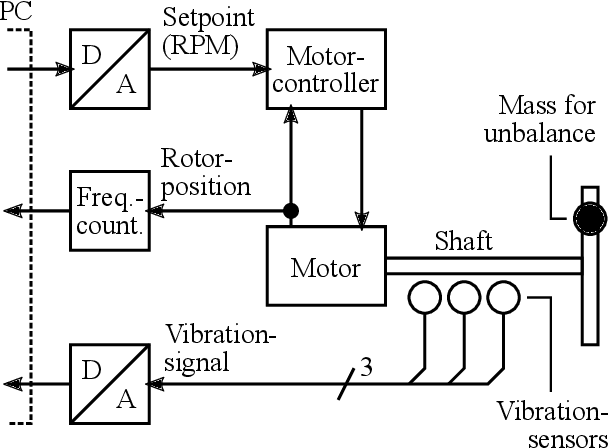


Abstract:Fault detection at rotating machinery with the help of vibration sensors offers the possibility to detect damage to machines at an early stage and to prevent production downtimes by taking appropriate measures. The analysis of the vibration data using methods of machine learning promises a significant reduction in the associated analysis effort and a further improvement in diagnostic accuracy. Here we publish a dataset which is used as a basis for the development and evaluation of algorithms for unbalance detection. For this purpose, unbalances of various sizes were attached to a rotating shaft using a 3D-printed holder. In a speed range from approx. 630 RPM to 2330 RPM, three sensors were used to record vibrations on the rotating shaft at a sampling rate of 4096 values per second. A development and an evaluation dataset are available for each unbalance strength. Using the dataset recorded in this way, fully connected and convolutional neural networks, Hidden Markov Models and Random Forest classifications on the basis of automatically extracted time series features were tested. With a prediction accuracy of 98.6 % on the evaluation dataset, the best result could be achieved with a fully-connected neural network that receives the scaled FFT-transformed vibration data as input.
 Add to Chrome
Add to Chrome Add to Firefox
Add to Firefox Add to Edge
Add to Edge